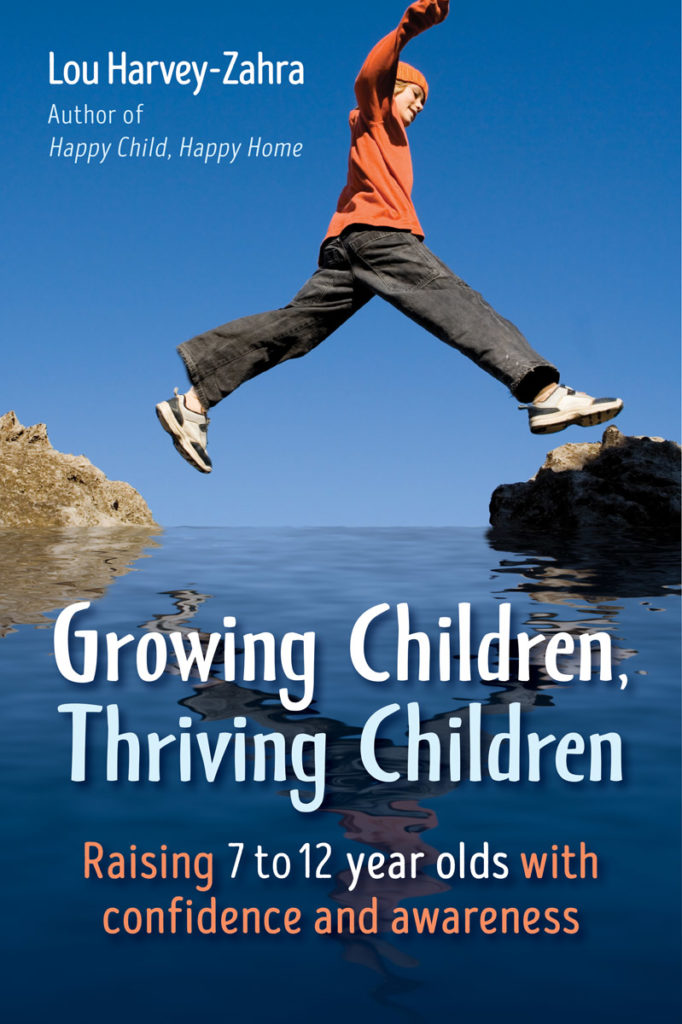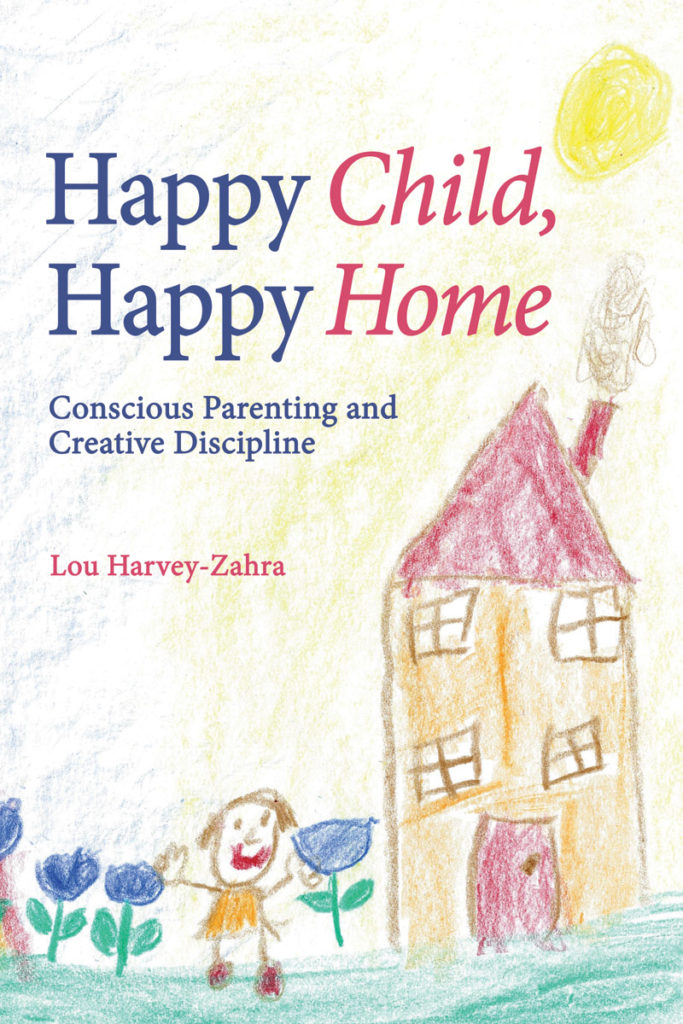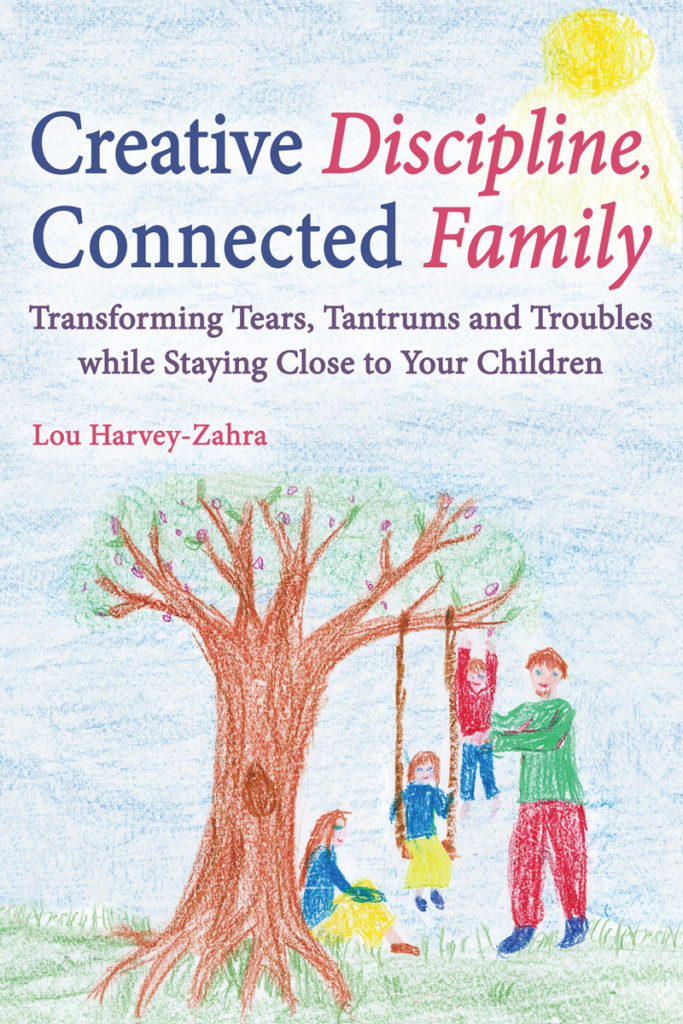Growing Children, Thriving Children: Raising 7 to 12 Year Olds With Confidence and Awareness
by Floris Books • 30 April 2019 • Lou Harvey-Zahra, Parenting • 0 Comments

Children face big changes between the ages of seven and twelve. We spoke to experienced teacher and parenting coach Lou Harvey-Zahra, whose new book Growing Children, Thriving Children addresses the challenges of supporting children through their middle years.
What are the key changes facing children during their lower school years?
There are key physical, emotional, social and intellectual changes during the lower school years.
Physically, the most pronounced changes are the elongation of children’s limbs and fingers. With the change of teeth at around seven years, children lose their early childhood rounded tummies. It takes practice to ground this new body: gross motor movement games such as hopscotch and skipping are ideal, as are fine motor crafts such as knitting. When children’s play involves handstands, cartwheels and ball skills, their general coordination abilities increase.
Emotionally, there is a change in children’s perception of themselves and the wider world during middle childhood. These transitions can lead to outbursts of anger or patches of anxiety. The neo-cortex, which processes emotion, develops significantly during these years.

Socially, there is a subtle move away from parents during children’s middle years and more solid friendships are formed. As children become more confident outside their family circle, social changes occur. Middle-years children develop more capacity for empathy with others.
Intellectually, children learn the foundational skills of reading, writing and arithmetic during primary school. If these new skills are taught using methods that respect children’s feelings and capacities for imagination, the concepts are easier to grasp. For example, middle-years children respond well to learning through story.
How can parents best support their children while embracing their growing independence?
Awareness is key: we need to recognise and embrace the natural changes during middle childhood. Understanding the major thresholds of change, or Rubicons, at around seven, nine and twelve years of age assists with smoother transitions for both parent and child.

Connection is so important for children in their middle years. They may stop holding hands, but every child still wishes to belong and to feel accepted and loved. Family rhythms including morning greetings, mealtimes and bedtime rituals give real security, as do weekly and yearly family traditions.
We need to understand that new challenging behaviours may arise during middle childhood and our creative discipline strategies change. This includes taking time to explain why a behaviour is not compatible with family values. Think of discipline as clear communication.

What is the most difficult childhood question you’ve encountered, and how did you deal with it?
If I can turn this question around, I find that the trickiest topic for parents to talk about is puberty: when and how to approach the subject of sex education. Often parents are lost for words and are grateful for a framework of ideas to assist. The topic of puberty and sex education requires parents to speak up in a loving way. If we don’t, children will rely on their peers or the internet, often with dire results.
What have you found to be the most effective solutions for helping children deal with anger and anxiety?
I asked many older children and teenagers for personal, successful strategies. These involve all sorts of elements including breathing, movement and music, warmth, creative tasks, gratitude, sensory experiences and positive thinking. These real-life stories share ideas that others can try.

Why is establishing routine so important for strengthening family bonds?
Middle childhood may be a very hurried time: parents may work, children are at school, there is a general busyness to everyday life. Connection time and family bonding can be lost to hurry and the distraction of screens. Every human wakes up, eats and goes to bed, and each of these times can be transformed into points of family connection. Loving routines build trust, connection, fun, joy, and strong bonds for the future. While routines are important, we also need to allow space for change and experimentation to find what works for each family unit.
What inspired you to write this book?
Parents have been asking for this book for a few years since the publication of Happy Child, Happy Home, so children and parents inspired me to write it. My own children are now nineteen and seventeen and as a primary and Waldorf teacher, I have fully experienced the middle childhood stage both personally and professionally.

There are very few books focusing on parenting seven-to-twelve-year-olds: most are aimed at parenting toddlers and teens. There is a gap of knowledge. Conscious parenting during the middle years provides a bridge after the early years and a platform for the teenage years and later life.
Read more from Lou Harvey-Zahra


